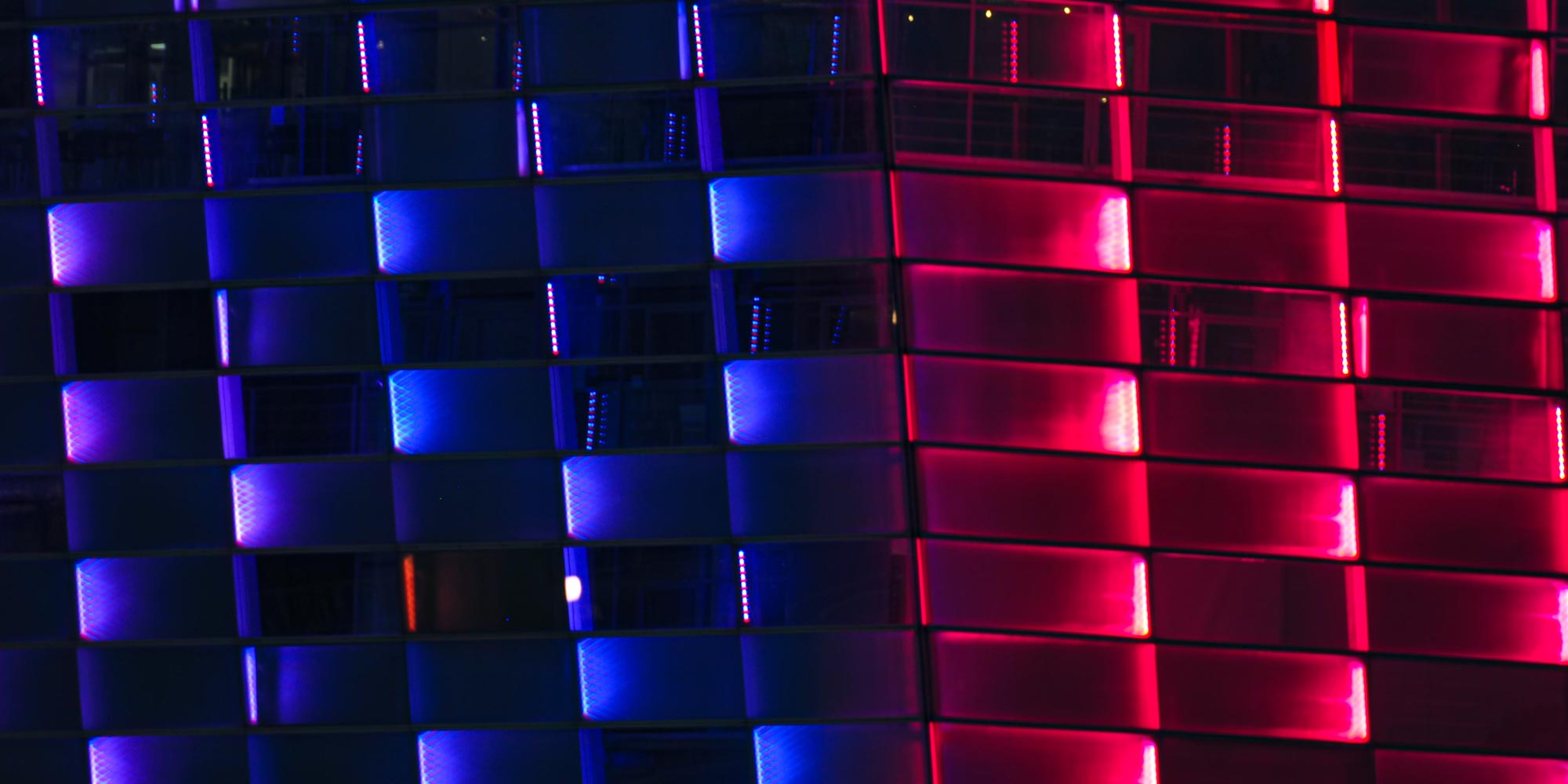
Projects
2019
-
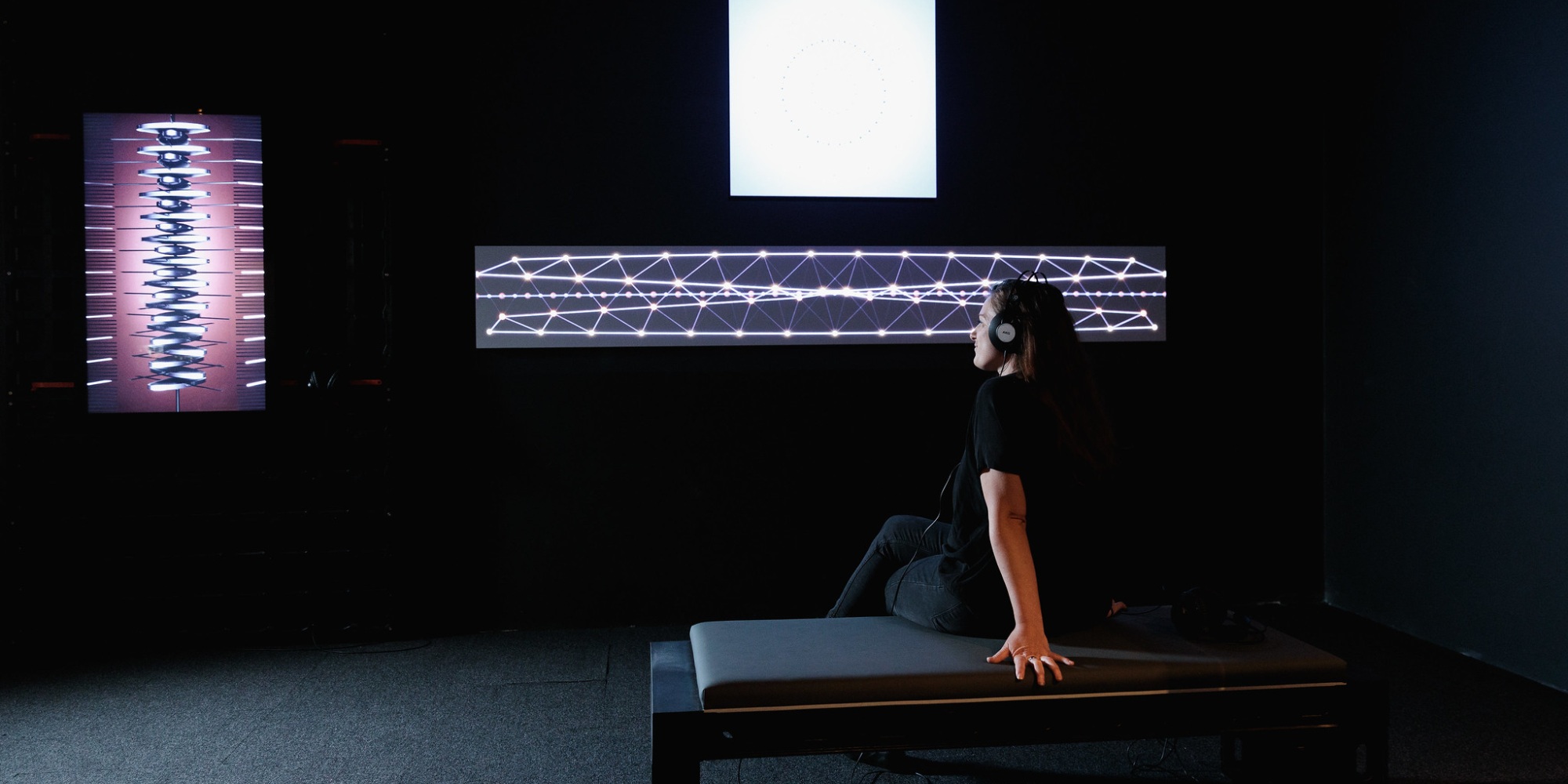
AI x Music
Exhibition at the Ars Electronica Center
Das Potenzial von künstlicher Intelligenz in musikalischen Anwendungen wurde in den letzten Jahren durch verschiedene Projekte unter Beweis gestellt. Moderne KI kann sicherlich als ein weiterer Schritt zur Erweiterung der musikalischen Möglichkeiten durch den Einsatz von Technologie gesehen werden.
-

CoBot Studio
Wenn Menschen und Roboter immer enger zusammenarbeiten, ist ihr gemeinsamer Erfolg an bestimmte Voraussetzungen geknüpft: Wie schafft man sichere Arbeitsumgebungen? Wie kann man die Akzeptanz von Robotern im Arbeitsalltag erhöhen? Und wie kommuniziert man mit einem Kollegen, der nur aus einem Greifarm besteht?
-
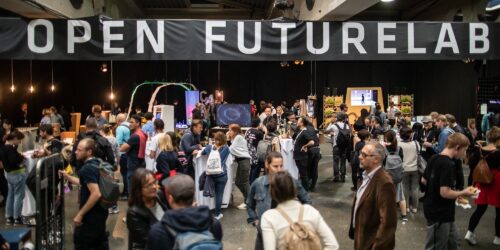
Open Futurelab 2019
Das Festivalgelände der POSTCITY in Linz wurde bis 2019 als Bühne für Open Futurelab genutzt. Der gemeinsam mit der japanischen Rundfunkanstalt NHK entwickelte Media Platz war der Prototyp eines offenen Medienplatzes aus Karton und hochauflösenden Bildschirmen, der als Forum für öffentliche Debatten diente. Dort fanden verschiedene Podiumsdiskussionen statt, u. a. zum Thema „Welche Rolle sollte…
-

Future Citizen
Matsudo International Science Art Festival 2019
From November 16th to 17th 2019, the Ars Electronica Futurelab contributed to the International Science Art Festival in Matsudo, Japan, for the second time – with an “Ars Electronica Salon” on the theme of “Future Citizen”.
-

Fluxels
Choreographed swarm of ground robots as a medium of art
Fluxels ist ein Wortspiel, inspiriert durch die Assoziation von Spaxels, „Fluxus“ und die ästhetische Qualität schneller, fließender Bewegungen. Es ist der Name einer im Ars Electronica Futurelab entwickelten Bodenroboterplattform, die im Rahmen einer Zusammenarbeit mit NTT für Schwarm-Bot-Performances konzipiert wurde.
-
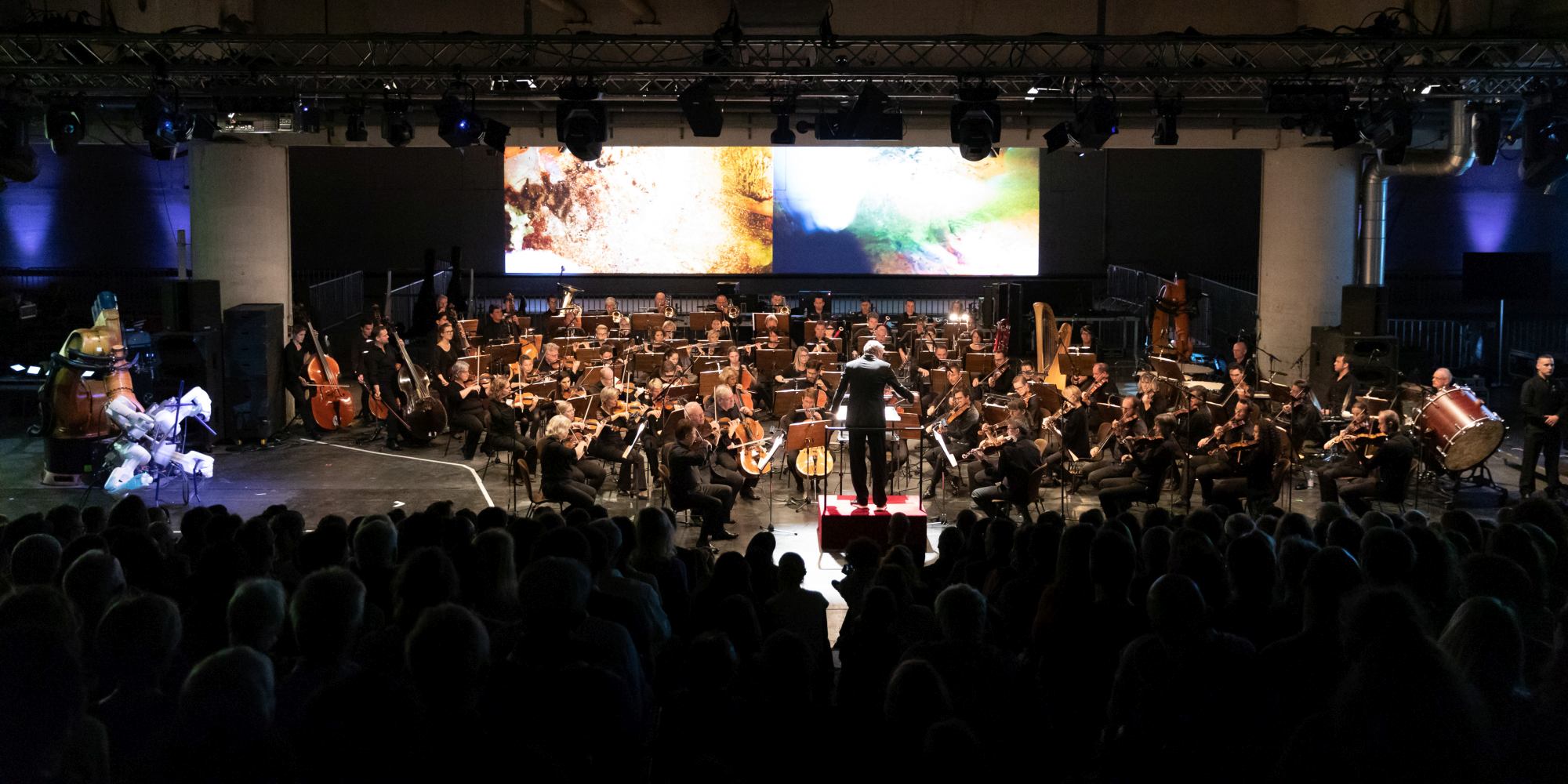
Mahler-Unfinished
Music made by man and machine: For the Big Concert Night at the 2019 Ars Electronica Festival, Ali Nikrang, Key Researcher at the Ars Electronica Futurelab, added to Gustav Mahler’s unfinished Tenth Symphony – together with an artificially intelligent algorithm.
-

Swarm Arena @Miraikan
In the beginning, there was a shared research interest: How can swarm-based technology be embedded in everyday media use and what new possibilities of communication or artistic expression does it offer as a visual medium? The Japanese telecommunications company NTT and the Ars Electronica Futurelab have been investigating these questions since 2017 and have repeatedly…
-

Rotax MAX Dome
In collaboration with BRP Rotax, the Ars Electronica Futurelab created an experience of the latest technologies in the field of digital gaming worlds and analog machine technology. In the Rotax MAX Dome, opened in 2019, visitors can test the engine manufacturer’s new e-karts on a sophisticated racetrack, race through virtual worlds and experience specially developed…
-

Jobs of the future in an automated mobility environment
What does our road traffic look like when automation becomes reality? How does a traffic policewoman work in a world where cars drive themselves? What does a driving instructor do when you no longer need a driver’s license?
-
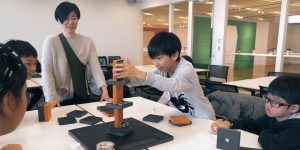
School of the Future Festival 2019: GiriGiri
With School of the Future, the Ars Electronica Futurelab has been bringing discussions about technology, society and art into the heart of Tokyo since 2017. In a series of exhibitions and discussion rounds within the Tokyo Midtown urban complex, visitors are invited to explore the impact technologies have on society – and vice versa. In…
-
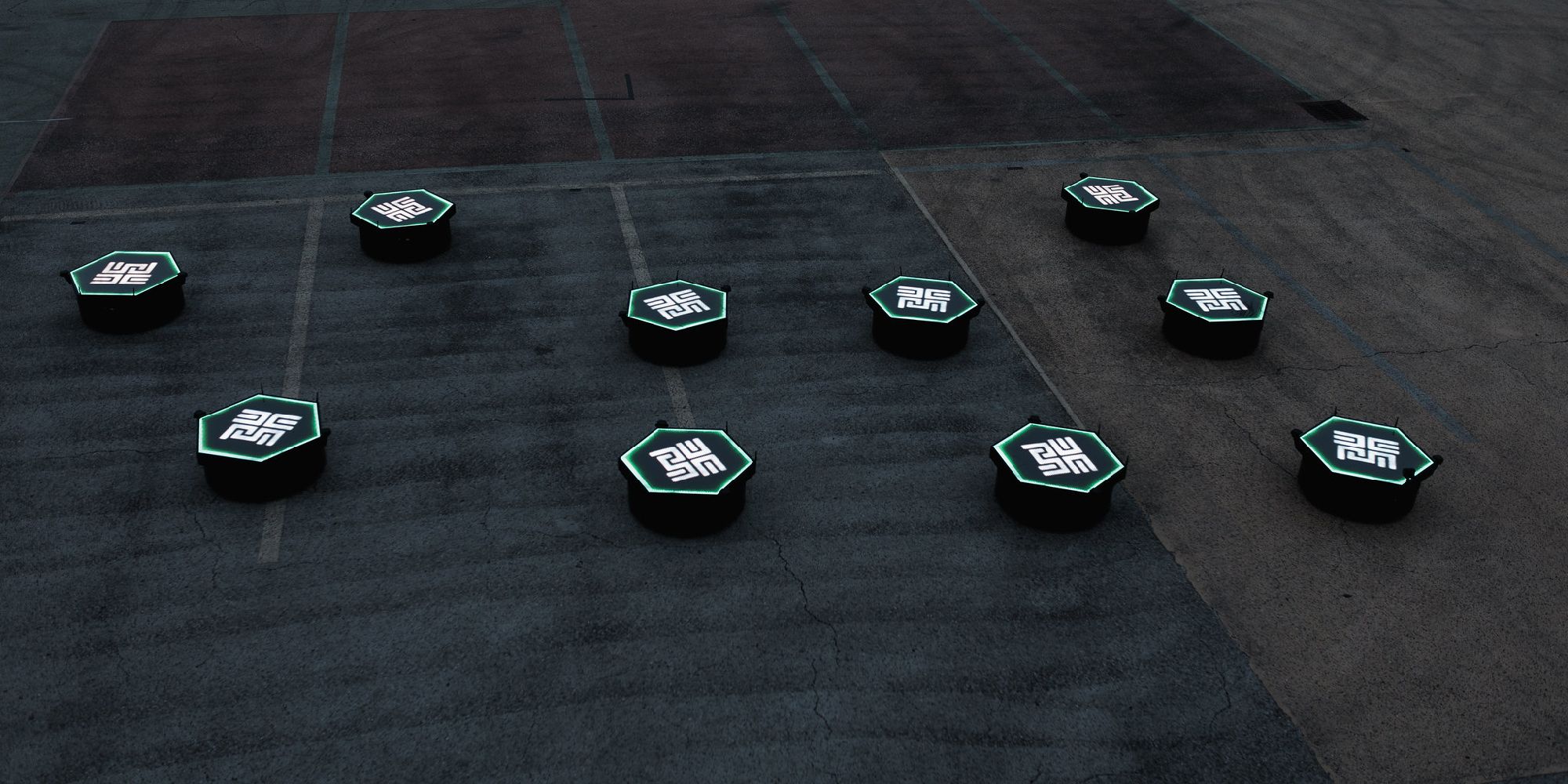
swarmOS
swarmOS ist ein leistungsfähiges Betriebssystem zur Steuerung großer Schwärme von UAVs (fliegende Drohnen) und UGVs (am Boden fahrende Drohnen), das vom Ars Electronica Futurelab entwickelt und ständig erweitert wird.
-
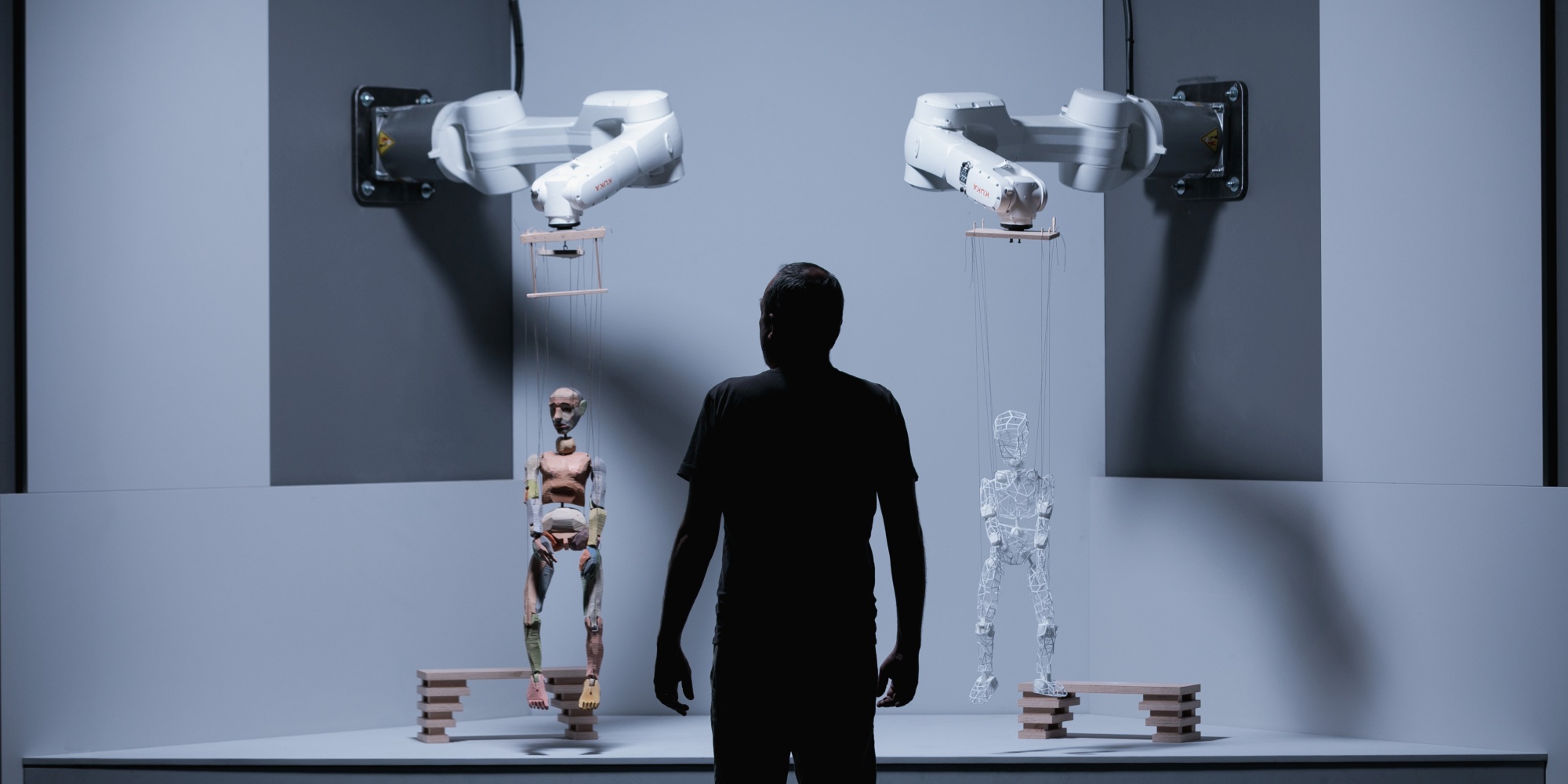
pinocchio
Two industrial robots play the role of two marionettes. The motions of a human puppeteer were recorded and are copied by the two robot arms. What happens when we are able to digitalize and therefore replicate highly complicated human abilities such as puppetry?